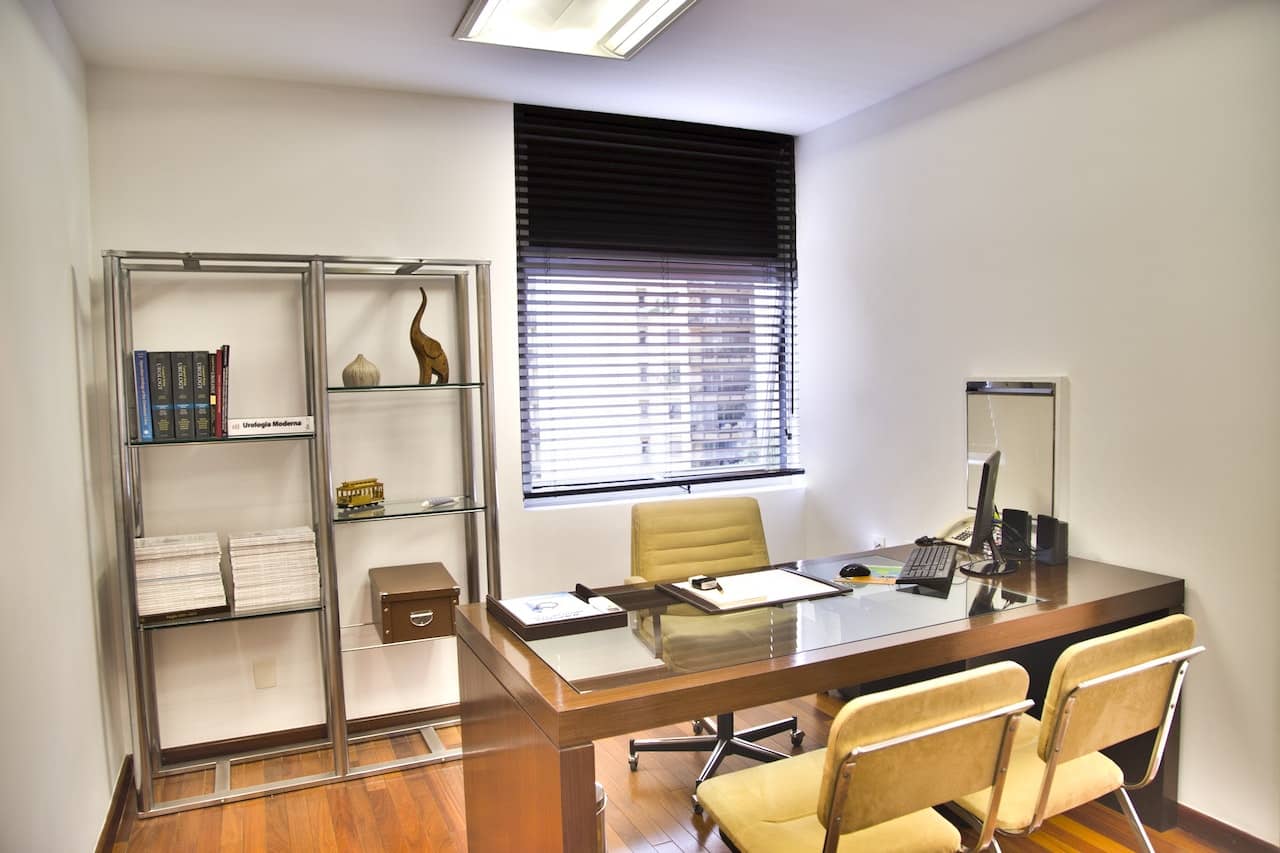Many factors go into choosing the right furniture. While you may already be considering factors such as comfort, style, and functionality, have you given any thought to how ergonomic a chair is?

Ergonomics is especially important when you’re buying leather recliner chairs or other seating. Finding a chair with the right ergonomics will ensure comfort and overall support for your body. Keep reading as this post takes a closer look at the ergonomics concept and how it relates to your next recliner purchase.
Understanding the Concept of Ergonomics
At its core, ergonomics refers to a range of different design principles that are applied to furniture to support and encourage good posture and reduce the risk of musculoskeletal disorders. Simply put, a chair is ergonomic when it supports your back, hips, and neck rather than leaving you feeling sore and tired after a long day of sitting in it.
Ergonomics is generally associated with office furniture and the concept is typically applied to chairs, desks, keyboards, computer mice, and other workplace elements. These items are designed to reduce the strain on your body from using them consistently every day.
For example, resting your wrists on your keyboard for an average of eight hours a day can lead to carpal tunnel syndrome. People overcome this by using keyboards that have been designed to provide comfort rather than strain. When it comes to chairs, imagine the strain on your back if you’re sitting on a hard kitchen chair for extended periods versus a soft, supportive recliner. One will cause strain and discomfort while the other won’t.
At its core, ergonomics is about designing furniture to align with your body’s natural movements. A truly ergonomic recliner ensures your back, neck, and joints remain supported, keeping you pain-free and energized throughout the day.
I would be glad if you read this article that I’ve written: Here’s How You Can Make Your Home Cozy & Inviting.
The Top Features Your Ergonomic Recliner Should Have
Choosing the right ergonomic recliner means looking for features like lumbar support, tilt mechanisms, and adjustable headrests. These key elements not only boost comfort but also help prevent long-term back and neck strain.
An ergonomic recliner will provide support and comfort in both the seated and reclining positions. Having a chair that decreases back, and neck strain will also be more beneficial to your overall musculoskeletal health. Here are a few key features that all ergonomic recliners should have:
- Lumbar support: There should be extensive lumbar (lower back) support. Ideally, the recliner should follow and support the natural curve of your spine. You shouldn’t have to slouch or scrunch in the chair.
- Reclining and tilt mechanism: An ergonomic recliner should allow you to recline and lock the chai in different positions to reduce pressure on your spine. Some recliners make this process easier by being remote-controlled.
- Headrest: Many regard this as an optional extra, but you find this feature essential if you need additional support for your head and neck. If you’re taller than the average person, or you sit in your chair for long periods, then you may need this feature.
- Swivel base: If you’re using one of the streamlined recliner chair models in your office or workspace, you’ll want a chair that swivels. This will help you reach items behind or next to your workstation without straining.
Many Good Reasons to Invest in a Quality Recliner
Whether your recliner will be used in your office or in your living room, it’s essential to choose a model that will provide you with the most comfort. Here are a few reasons to always opt for an ergonomic recliner.
Reduces the Risk of Back Pain
Ergonomic seating is designed to support the natural curve of your spine. This reduces the risk of long-term strain which creates discomfort and chronic pain.
Can Minimise Headaches
Many people are unaware that their chronic headaches stem from tension that builds up in the neck, shoulders, and back. This tension can come from hours of sitting in an uncomfortable position.
Allows for Better Lung Function
Sitting in a chair that supports your spine automatically means that your posture will be better. This allows for better lung expansion and general function. You will therefore breathe better and have a higher oxygen intake, leaving you feeling less exhausted.
Improved Joint Health
Ergonomic recliners reduce the pressure on your joints that you often experience when sitting in an uncomfortable chair. There will also be less discomfort on your knees and hips.
Helps You Feel This Less Tired
Have you ever found yourself feeling tired after only a few short hours in your chair? You may have been chalking it down to the work you’re doing, but it’s actually the chair that’s making you tired. An ergonomic chair will help to reduce physical fatigue, allowing you to be more productive.
Allows for Optimal Digestion
Many people spend a considerable amount of time in their recliners, especially if you’re using it as an office chair. This means that lunches, and sometimes dinners, are eaten there too. An ergonomic recliner will allow for better digestion because your body is less likely to be compressed. An ergonomic recliner allows for a healthier alignment of your internal organs.
Final Thoughts
The good news is that most modern, quality recliners are designed with ergonomics in mind. That means you won’t have to look far to find a recliner that will suit your needs and support your spine, joint, and neck health. Spending time in an ergonomic recliner will make you feel better before you know it, whether you’re buying it for an office or home setting!













